Bows are timeless accessories, loved by many for their versatility, style, and functionality. Whether you’re decorating a gift, adding flair to your outfit, or embarking on an outdoor adventure, there’s a bow perfectly suited to your needs. In this comprehensive guide, we’ll explore different types of bows, their uses, how to choose the right one, and tips for making and maintaining them. Dive in to learn everything about this simple yet impactful accessory that never goes out of style.
1. Types of Bows: Exploring the Wide Variety Available
Bows come in a wide range of types, each designed with a particular purpose in mind. Knowing which type you need can save you time and ensure you make the right choice for your project or occasion.
1.1. Decorative Bows
Decorative bows are popular for gift wrapping, party decorations, floral arrangements, and home decor. They are designed to be visually appealing, adding a stylish and elegant touch to any setting. These bows come in an array of sizes, from small and understated to large and eye-catching. Decorative bows can be crafted from a variety of materials like satin, organza, velvet, and tulle, each lending a different texture and sheen. Some feature embellishments like glitter, pearls, or sequins to enhance their festive appeal. They’re perfect for special occasions like weddings, holidays, birthdays, or any event where a little extra flair is needed.
1.2. Hair Bows
Hair bows are versatile accessories that can be used to create anything from a playful to a sophisticated look. They range from simple, small bows perfect for everyday wear to more elaborate designs suitable for formal events. Hair bows can be attached to clips, barrettes, headbands, or elastic bands, making them easy to add to any hairstyle. Common materials include grosgrain, satin, and cotton fabric, with decorative elements like beads, lace, feathers, or rhinestones. Hair bows are loved by children and adults alike, allowing for endless customization to match outfits and personal style.
1.3. Bow Ties
The bow tie is a classic staple in men’s fashion, offering a distinguished look for formal events like weddings, galas, and parties. Available in pre-tied, clip-on, and self-tie varieties, bow ties allow for flexibility in style and ease of use. They come in a wide array of colors, patterns, and fabrics, including silk, cotton, wool, and velvet. While solid black or white bow ties remain popular for black-tie events, patterned and colorful bow ties are often chosen to make a personal fashion statement. Modern trends also include wooden and leather bow ties for a unique twist on the traditional style.
2. Choosing the Perfect Bow: What to Consider
Choosing the right bow is more than just picking a pretty design; it requires attention to details like size, material, and purpose to ensure the best fit for your needs.
2.1. Size Matters
The size of the bow should be proportionate to the object or person it’s adorning. A large, oversized bow can make a bold, dramatic statement, while a small bow offers a more subtle and refined look. For instance, a big decorative bow may be perfect for a large gift or centerpiece, but it may overwhelm a smaller package or be too much for a delicate hairstyle. Consider the overall aesthetic and the statement you want to make when selecting the size.
2.2. Material Choices
The choice of material impacts both the appearance and functionality of the bow. Satin bows offer a smooth, shiny finish, perfect for formal occasions, while grosgrain is known for its durability and is ideal for hair accessories or outdoor decorations. Burlap gives a rustic feel, great for country-themed weddings or DIY projects, while organza adds a light, airy elegance suitable for floral arrangements and light decor. Consider the texture, sheen, and durability of the material based on how and where the bow will be used.
2.3. Color and Patterns
The color and pattern of a bow can make a significant difference in the final look. Solid colors are classic and versatile, often used for elegant or formal settings. Patterns like polka dots, stripes, florals, or themed prints are more playful and can reflect the personality of the wearer or the tone of the occasion. When choosing colors, think about the overall color scheme, whether you want the bow to blend in harmoniously or stand out as an accent piece.
3. How to Make Your Own Bows: A Step-by-Step Guide
Making your own bows can be a rewarding experience, allowing you to personalize them for any event or project. Here are some popular DIY bow projects to get you started.
3.1. Basic Ribbon Bow
The basic ribbon bow is a simple yet classic choice that’s easy to make. Start with a long piece of ribbon, form two loops, and cross them over each other before tying them into a bow. Adjust the loops to achieve your desired size and fluff them out for a fuller look. This type of bow is versatile and can be used for gift wrapping, decorations, or adding a finishing touch to homemade crafts.
3.2. Layered Bow
A layered bow involves stacking multiple ribbons of different sizes, colors, and textures to create a more complex and visually interesting design. Start by choosing ribbons that complement each other and cut them into graduated lengths. Layer them with the largest at the bottom and the smallest on top, securing them with a pin or glue as you go. This bow style is ideal for gifts, holiday decorations, or any time you want to create a statement piece.
3.3. Hair Bow
Creating a hair bow requires a few additional steps, but the result is a personalized accessory that’s perfect for any occasion. Choose a fabric or ribbon that matches your style, form the bow, and attach it to a hair clip, elastic, or headband using hot glue. Consider adding embellishments like pearls, sequins, or fabric flowers to make the bow unique. Hair bows make wonderful gifts, and creating them can be a fun activity for kids and adults alike.
4. Bow Materials: Understanding the Different Fabrics
The fabric used to make a bow affects not only its appearance but also its durability and functionality. Here’s a closer look at some popular bow materials.
4.1. Satin
Satin is a luxurious fabric known for its smooth and shiny finish. It’s commonly used for formal bows due to its elegant appearance. Satin bows are a favorite for weddings, bridal showers, and other upscale events because they add a touch of sophistication. While satin can be delicate, it drapes beautifully, making it ideal for both single-loop bows and more complex designs. Keep in mind that satin can be slippery, so a little practice may be needed to achieve a perfect tie.
4.2. Grosgrain
Grosgrain ribbon is distinguished by its ribbed texture, which makes it sturdy and less likely to fray compared to other fabrics. It’s often used for making hair bows, sashes, and everyday decorations because of its durability and versatility. Grosgrain comes in various widths, allowing for different bow styles, from small and tight to big and bold. It’s easy to work with, holds its shape well, and is available in a wide range of colors and patterns, making it a favorite among crafters.
4.3. Burlap
Burlap has a coarse, rustic texture that brings a casual and natural look to any project. It’s ideal for outdoor events, country weddings, or rustic-themed parties. Burlap bows are easy to make but require careful handling as the material can fray easily. Consider using fray check or sewing the edges if you plan to use the bow in a setting where durability is crucial. Burlap’s neutral tones pair well with lace, twine, and wooden elements for a cohesive, rustic decor.
5. Bows for Special Occasions: Matching the Bow to the Event
Different occasions demand different types of bows, each contributing to the atmosphere of the event. Here’s how to pick the right bow for any special moment.
5.1. Wedding Bows
Weddings are one of the most common occasions where bows are used extensively. From adorning the bride’s bouquet to decorating the ceremony and reception venues, bows add elegance and style to wedding decor. Satin and organza bows are popular choices, often used in soft colors like white, ivory, blush, or champagne. They can be tied to pews, attached to chairs, or used as accents on wedding invitations and favors. Consider matching the bows to the wedding color scheme for a cohesive look.
5.2. Holiday Bows
Holidays offer the perfect excuse to go big with bows. Christmas bows are usually large and bold, often made from red, green, or gold satin ribbons, with glittery or metallic finishes. They can be used to decorate Christmas trees, wreaths, and presents. Easter bows are typically made from pastel-colored ribbons and are lighter in texture, often featuring floral patterns. For Halloween, black and orange bows with playful designs or spooky elements are popular. Choose colors and patterns that evoke the spirit of the holiday for a festive atmosphere.
5.3. Party Bows
Whether it’s a birthday, baby shower, or anniversary, party bows should reflect the fun and joyous nature of the celebration. Vibrant colors, playful patterns, and whimsical embellishments are key elements of party bows. Consider using bows with polka dots, stripes, or characters that match the theme of the party. Larger bows can be used for banners, table centerpieces, or photo backdrops, while smaller ones are ideal for favor bags, invitations, or cupcake toppers.
6. Practical Uses of Bows: Beyond Decoration
While bows are often thought of as purely decorative, they serve practical purposes as well. Here are a few ways bows can be functional while still looking stylish.
6.1. Securing Gifts
One of the most traditional uses for a bow is to secure gift wrapping. A well-tied bow not only keeps wrapping in place but also adds an aesthetic appeal to the presentation. Consider using sturdy ribbon materials that won’t easily unravel during handling. Decorative elements like bells, ornaments, or small flowers can be added to the center of the bow for a festive touch, making your gift stand out.
6.2. Organizational Tools
Bows can also be used for practical purposes around the home or workplace. Tying cords, securing bundles of papers, or grouping items together with a bow can be both functional and decorative. Using grosgrain or burlap adds a rustic touch to organizational tasks, while satin lends a more elegant appeal. Try incorporating bows in DIY projects to keep spaces tidy and stylish at the same time.
6.3. Hair Accessories
In addition to adding beauty to hairstyles, bows are useful for keeping hair in place. A well-made hair bow can serve as both a fashion statement and a functional accessory, especially for children’s hairstyles. Choose durable materials that can withstand daily wear and use elastic bands or clips that are easy to secure and remove. Hair bows can also be color-coordinated with school uniforms, sports teams, or themed events for a polished look.
By understanding the different types of bows, the materials they are made from, and their various uses, you can select or create the perfect bow for any occasion. Whether for decoration, fashion, or functionality, bows are a timeless accessory that adds charm and style wherever they are used.
Why Choose Us for Bows: Key Reasons to Trust Our Products
-
Exceptional Quality
We are committed to delivering bows that stand out in terms of durability, aesthetics, and precision. Each bow is crafted with high-quality materials, ensuring they meet the highest standards and add a touch of elegance to any garment or accessory.
-
Customization to Meet Your Needs
Understanding that every brand and garment has unique requirements, we offer a wide range of customizable options. Whether it’s color, size, or design, we provide tailor-made solutions to align with your specific vision.
-
Reliable and Timely Delivery
We understand the importance of timing in the fashion industry. That’s why we prioritize punctual delivery, maintaining strict quality checks from production to shipping, ensuring you receive exactly what you need, when you need it.
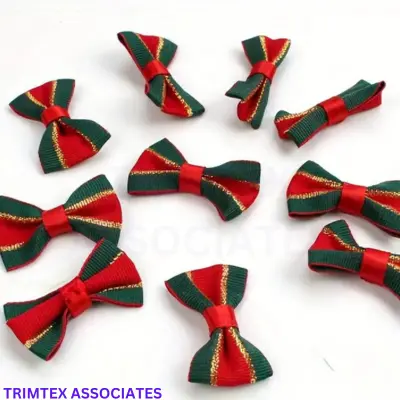
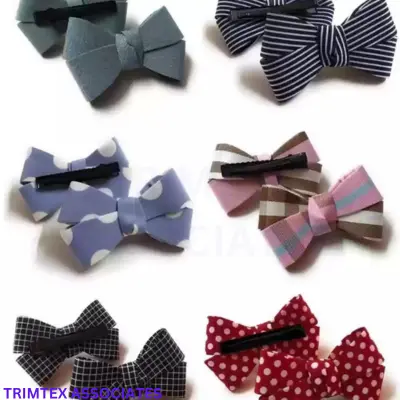
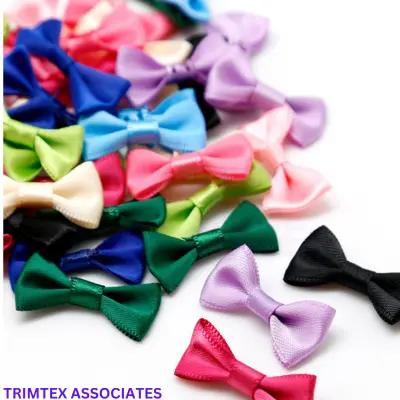
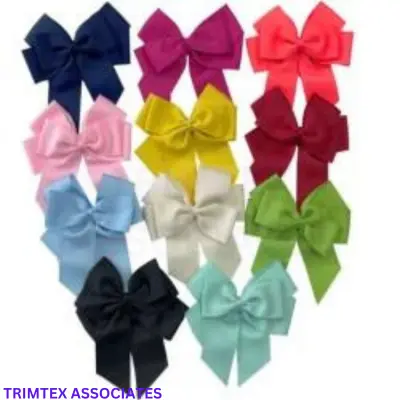
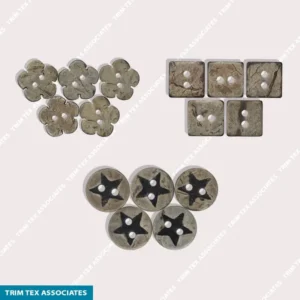
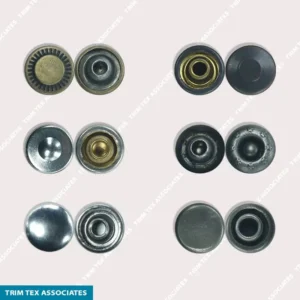
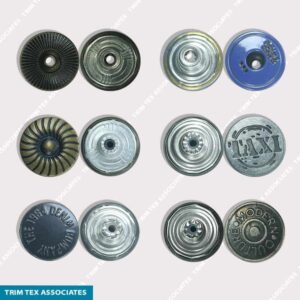
Reviews
There are no reviews yet.